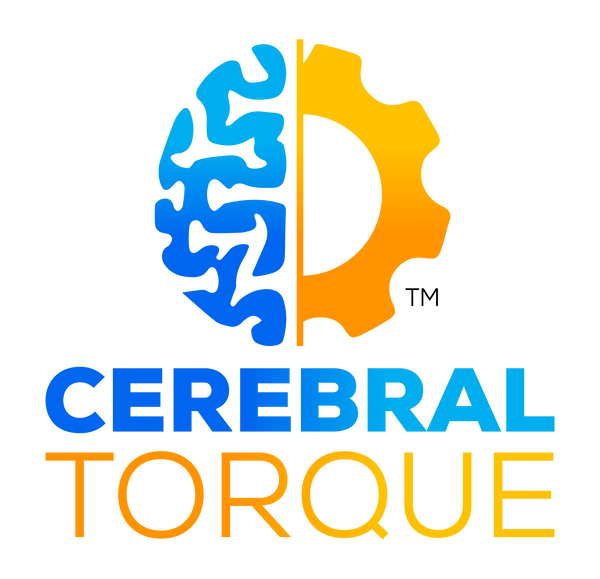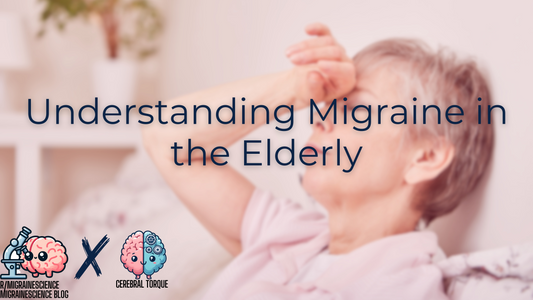
Resistant migraine (ResM) Vs Refractory migraine (RefM) Vs Non-resistant/non-refractory migraine (NRNRM)
Cerebral TorqueShare
The REFINE study showed that resistant migraine (ResM) and refractory migraine (RefM) represent distinct clinical entities with progressively increasing burden of comorbidities (Table 1). The study found a continuum where RefM patients showed the highest prevalence of comorbidities (particularly psychiatric conditions), followed by ResM, and then non-resistant/non-refractory (NRNRM) patients. These differences persisted even when analyzing only chronic migraine patients, suggesting that treatment resistance/refractoriness is independent of migraine chronicity.
These findings suggest the need for differentiated clinical approaches (table 2) and highlight the importance of addressing both the primary condition and associated comorbidities...specifically in the management of resistant and refractory cases.
Table 1: Disease Characteristics and Comorbidities
| Disease Characteristics | Non-Resistant/Non-Refractory (NRNRM) | Resistant Migraine (ResM) | Refractory Migraine (RefM) |
|---|---|---|---|
| Diagnostic Criteria | Basic ICHD-III migraine criteria | ICHD-III migraine with/without aura or chronic migraine | ICHD-III migraine with/without aura or chronic migraine |
| Headache Frequency | Any frequency | ≥8 debilitating headache days/month | ≥8 debilitating headache days/month |
| Duration Requirement | None specified | At least 3 months | At least 8 months |
| Treatment Response | Responds to standard treatments | Failed ≥3 preventive drug classes | Failed ALL available preventive drug classes |
| Study Demographics | 354 patients (51.4%) | 262 patients (38.0%) | 73 patients (10.4%) |
| Chronic Migraine Prevalence | 40.1% | 70.2% | 83.6% |
| Multiple Comorbidities | ≥2: 56.8% ≥3: 36.4% ≥4: 26.2% |
≥2: 70.4% ≥3: 49.4% ≥4: 35.0% |
≥2: 80.6% ≥3: 69.4% ≥4: 55.6% |
| Key Psychiatric Comorbidities | Depression: 15.8% Anxiety: 11.3% Sleep disorders: 28.0% |
Depression: 34.1% Anxiety: 25.2% Sleep disorders: 40.3% |
Depression: 39.7% Anxiety: 35.7% Sleep disorders: 33.3% |
| Other Notable Comorbidities | Trigger points: 12.4% TMJ disorders: 10.7% Thyroiditis: 3.7% |
Trigger points: 21.3% TMJ disorders: 13.6% Thyroiditis: 9.2% |
Trigger points: 33.3% TMJ disorders: 23.6% Thyroiditis: 12.5% |
| Median Disease Duration |
24 years (IQR 16-33) |
31 years (IQR 20-40) | 34 years (IQR 26-38) |
Table 2: Clinical Management Approaches
| Clinical Management | Non-Resistant/Non-Refractory (NRNRM) | Resistant Migraine (ResM) | Refractory Migraine (RefM) |
|---|---|---|---|
| Treatment Approach | Standard migraine preventive treatments | Advanced preventive treatments; Consider combination therapy | Requires highly individualized treatment plan; May need novel therapeutic approaches |
| Comorbidity Management | Standard screening and treatment of comorbidities | Active management of comorbidities; Regular psychiatric evaluation recommended | Aggressive management of comorbidities; Integrated multi-disciplinary care essential |
| Monitoring Needs | Regular follow-up as needed | Close monitoring of treatment response and comorbidities | Very frequent monitoring; Regular assessment of treatment strategy |
| Care Setting | Primary care or general neurology | Headache specialist recommended | Tertiary headache center with multi-disciplinary team |
| Prognosis Factors | Generally favorable with standard treatment | May improve with targeted treatment of both migraine and comorbidities | More challenging prognosis; Focus on quality of life improvement |
| Prevention Strategy | Standard lifestyle modifications and trigger avoidance | Aggressive lifestyle modification; Early intervention for comorbidities | Comprehensive lifestyle and behavioral interventions; Intensive comorbidity management |

